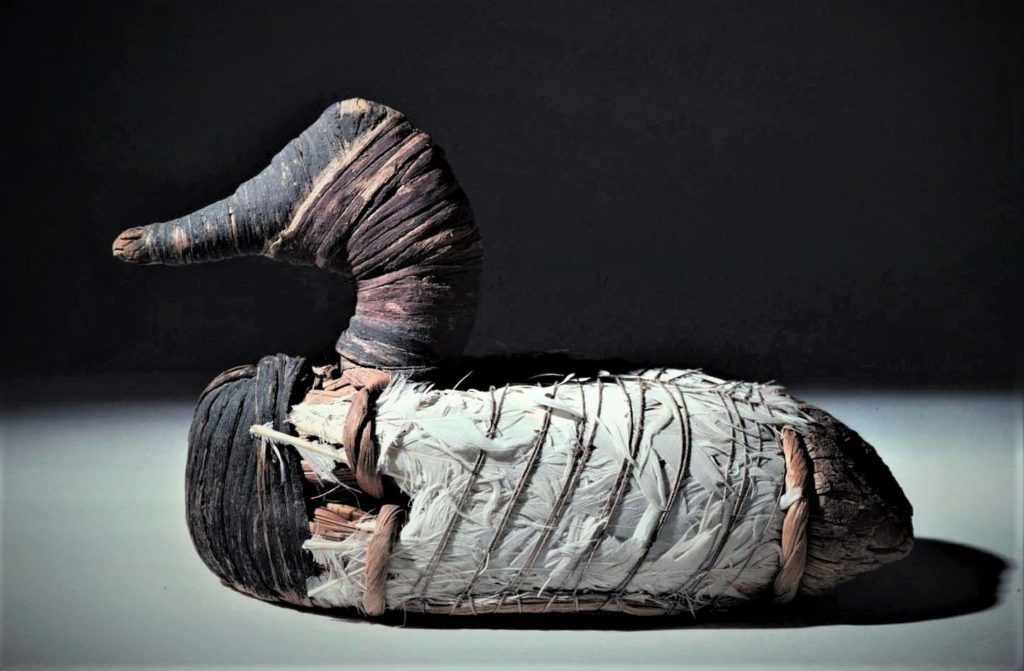Photography courtesy of Lowell Washburn, all rights reserved.
The scene is timeless. At the edge of a shallow marsh, two hunters crouch in the cattails. The sunrise is fast approaching and a rising breeze is providing lifelike movement to the group of eleven canvasback duck decoys swimming out front. Anticipation is growing as the hunters anxiously await the arrival the day’s first flock.

The ducks appear without warning. Canvasbacks. On the deck and zigzagging from pothole to pothole, it is obvious that the flock is looking for company. Spotting the decoys, the birds bank sharply and prepare to land. Within moments, the ‘cans are nosily splashing down among the bobbing counterfeits. Simultaneously, the hunters rise and fire.
The migration is on, and the birds continue to pour in. In rapid sequence, the scenario is repeated time and again. There are hits and misses. Although the ducks continue to fly, the outing concludes when the hunters completely exhaust their supply of ammo. Gathering the slain and bagging the decoys, the duo leaves the marsh. Arriving home, the hunters clean their game and then store the decoys and other equipment in the basement. Tomorrow will bring another day on the marsh.
No one knows what tragedy may have befallen those hunters, but one fact is sure. They never did return to that bag of eleven, handcrafted canvasback decoys, nor did they claim any of the other possessions contained in their home.
The hunters were ancient Tule Eater Indians — early ancestors of modern-day Northern Paiutes. Located in present day Nevada, the shallow marsh was located less than two hours’ drive from Reno. The hunters’ home was the now famous Lovelock Cave.
While conducting an official excavation of Lovelock Cave for the Museum of the American Indian in1924, archeologists L.L. Loud and Mark Harrington discovered a false floor hiding an underground [basement] storage pit. Upon lifting the door, they unearthed the most amazing discovery in decoy collecting history.
There, in a cattail woven basket, were 11 near perfectly preserved canvasback decoys. Fashioned from woven tule [bulrush] reeds, painted with soot and red ochre, and adorned with real feathers, the decoys were ancient works of art. When repeatedly subjected to carbon dating and accelerater mass spectrometry [AMS] tests, the artifacts proved to be more than 1,500 years old — easily making them the oldest decoys ever discovered.
Today, migrating waterfowl still gather on the sprawling, 16,000-acre marsh that lies below the entrance of Lovelock Cave. With thick and extensive beds of sago pondweed, the wetland is a magnet for bluebills, redheads, and ring-necked ducks. The prized canvasbacks still congregate, with peak numbers surpassing 17,000 birds. Contemporary hunters, like Nevada Waterfowl Association’s, Chris Nicolai, still place their decoys and anxiously await the impending dawn of a new day.
“In addition to great duck hunting, I also find a real sense of history on this marsh,” says Nicolai. “Where I normally hunt, you can look up over your shoulder and make out the [Lovelock] cave entrance. When you think about how long people have been hunting ducks here, it takes the term ‘waterfowling tradition’ to a completely new level.”
Archeologists say that Tule Eaters also employed nets to capture ducks. After placing their reed and feather decoys on the water, the Indians erected the web-like devices to intercept incoming flocks. Although deadly, the nets were only effective under low light conditions of dawn and dusk. During the remainder of the day, the hunters used bow and arrow to hunt over decoys in the exact manner employed by modern-day shotgunners.
“This is an extremely arid region and the marsh depends on snowmelt from the mountains,” says Nicolai. “That means water levels can fluctuate a lot. When levels are down and the shoreline recedes, you can really see how long and how hard this place has been hunted. On any day of the week you can take a walk and literally fill a five-gallon bucket with small, bird point arrow heads. The bottom of the marsh is just covered with them.”

 Tom Cope
Tom Cope Sue Wilkinson
Sue Wilkinson Susan Judkins Josten
Susan Judkins Josten Rudi Roeslein
Rudi Roeslein Elyssa McFarland
Elyssa McFarland Mark Langgin
Mark Langgin Adam Janke
Adam Janke Joe Henry
Joe Henry Kristin Ashenbrenner
Kristin Ashenbrenner Joe Wilkinson
Joe Wilkinson Dr. Tammy Mildenstein
Dr. Tammy Mildenstein Sean McMahon
Sean McMahon